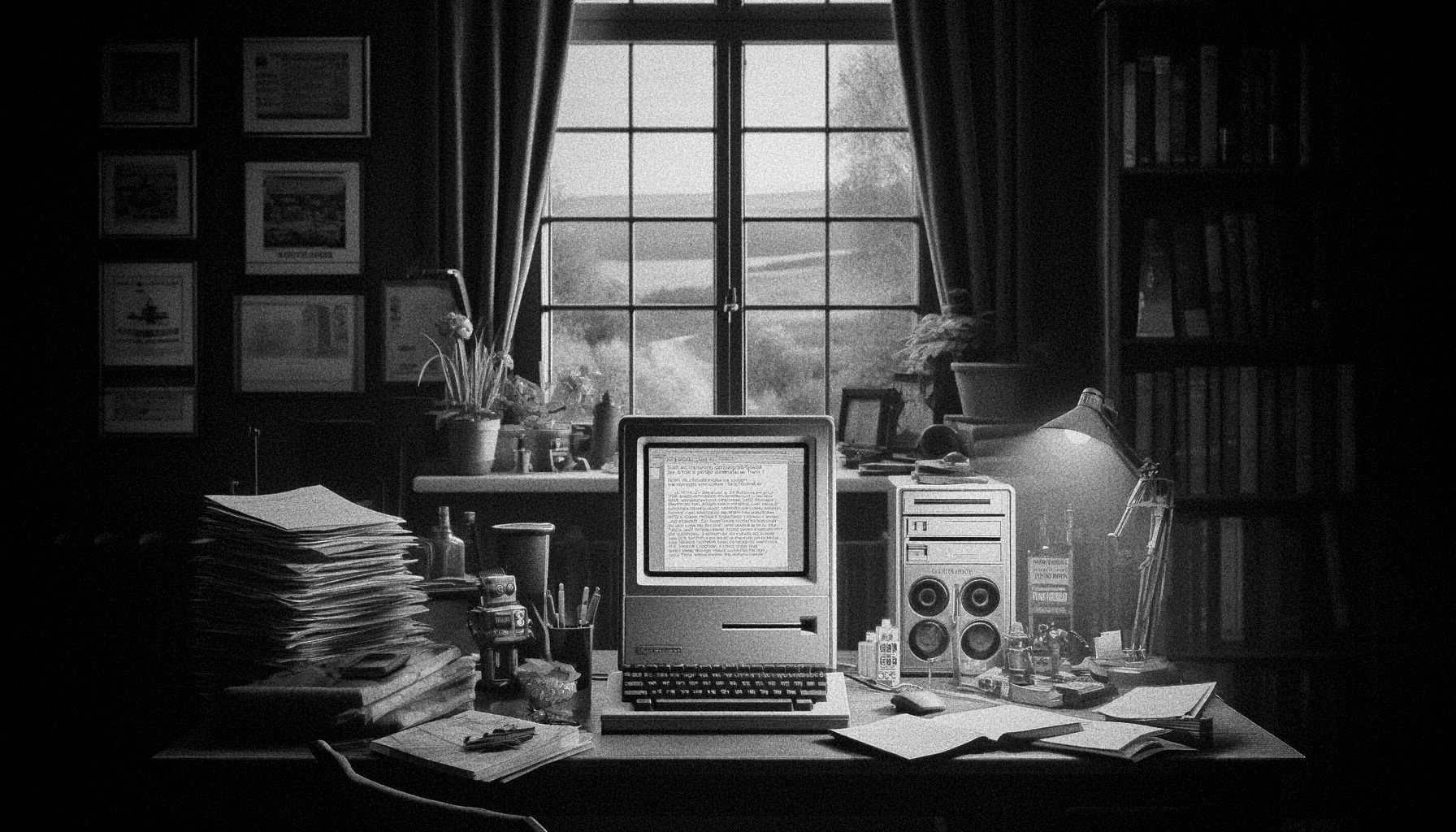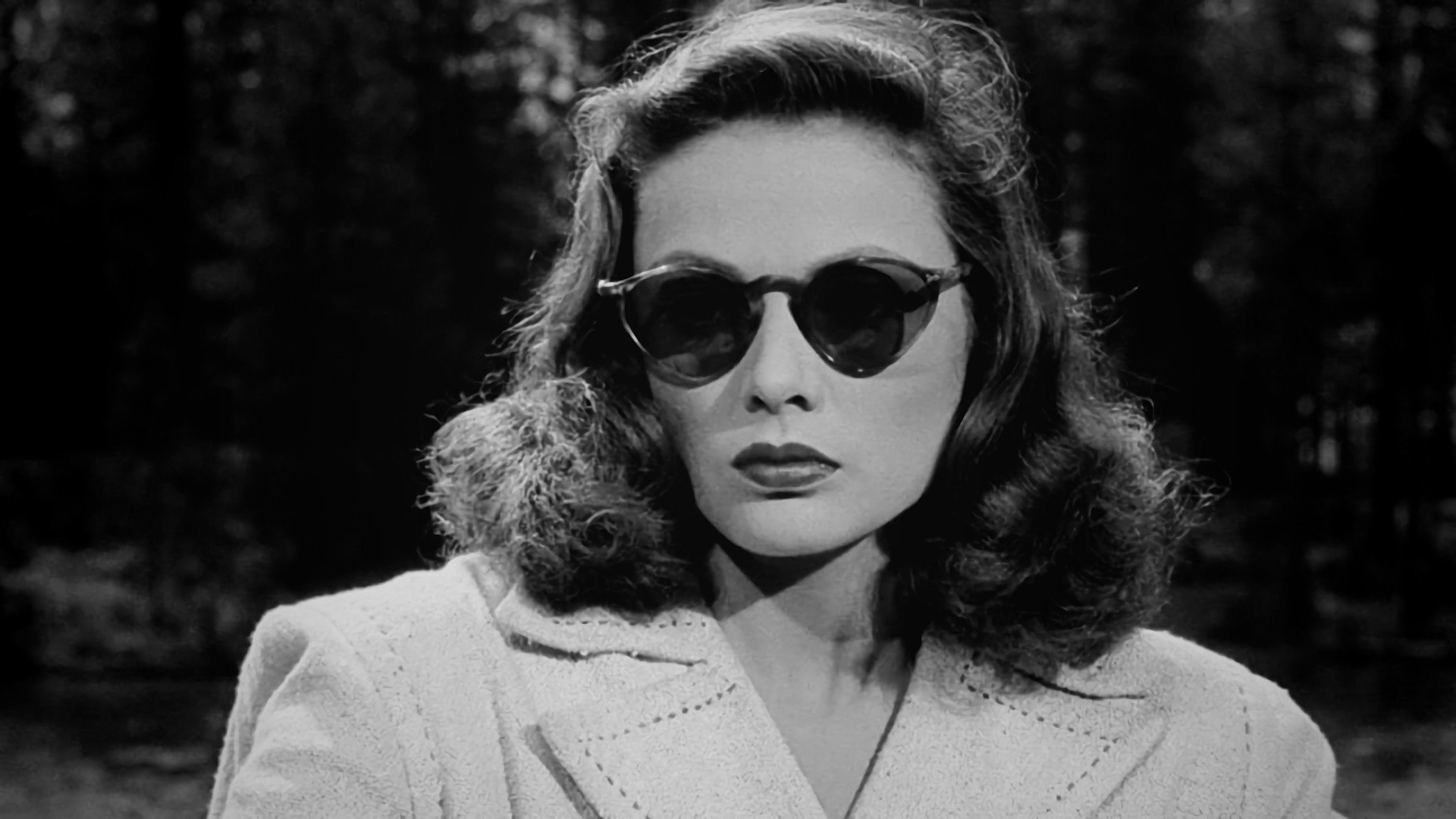
Touki Bouki (1973)
Directed by Djibril Diop Mambéty in 1973, »Touki Bouki« ("The Journey of the Hyena") is a landmark film in African cinema that gained global recognition. The story follows Senegalese couple Mory and Anta, who dream of escaping their mundane lives to go to Paris, navigating themes of ambition, tradition versus modernity, and post-colonial critique. Mambéty employs avant-garde narrative techniques, symbolism, and a non-linear storytelling style to create a surreal, complex portrayal of their journey, highlighting the psychological effects of neocolonialism and the tension between African traditions and Western allure.
Barbie (2023)
»Barbie« (2023), directed by Greta Gerwig, is a fantasy-comedy film that explores the iconic doll's journey through both a fantastical Barbie Land and the real world, questioning identity, purpose, and societal norms. The movie uses a vibrant, highly saturated color palette, particularly shades of pink, to create a whimsical, dream-like atmosphere in Barbie Land, contrasting with the muted tones of the real world to emphasize their differences and Barbie's internal growth. The dynamic use of color serves not only to enhance the visual appeal but also to convey deeper themes of identity, empowerment, and the critique of consumer culture and gender norms.
Spider-Man - Into the Spider-verse (2018)
»Spider-Man: Into the Spider-Verse« (2018) utilizes innovative color palettes and visual techniques to bring the comic book world to life, enhancing storytelling, character development, and thematic expression. Each Spider-Character's unique color scheme and animation style reflect their distinct origins and personalities, while color intensity and contrasts highlight pivotal emotional moments and conflicts. The film's use of chromatic aberration, glitch effects, and strategic lighting further immerses viewers in the dynamic multiverse, making it a visually stunning and narratively compelling cinematic experience.
Moonlight (2016)
"Moonlight" (2016), directed by Barry Jenkins, uses color as a crucial narrative device to reflect the life of Chiron as he navigates his identity and sexuality. The film employs a meticulous color palette, with blue symbolizing reflection and transformation, and shifts in color tones across three chapters to signify Chiron's emotional and personal growth. Strategic use of lighting, shadows, and contrasting colors enhances the storytelling, highlighting Chiron's internal conflicts and the warmth he seeks, ultimately making the film a profound exploration of identity and connection.
O Brother, Were Art Though? (2000)
»O Brother, Where Art Thou?« (2000), directed by Joel and Ethan Coen, uses a distinctive sepia-toned color palette to evoke the Great Depression-era South, achieved through pioneering digital color grading techniques. The muted, earth-toned visuals reflect the dusty, desolate landscapes and enhance the film's mythical and nostalgic quality, aligning with its loose adaptation of Homer's "Odyssey." Color is also used symbolically to highlight significant moments and emotional shifts, such as the bright baptism scene symbolizing purity and the bluish flood scene indicating cleansing and rebirth.
La Haine (1995)
»Crouching Tiger, Hidden Dragon« (2000), directed by Ang Lee, masterfully uses color to enhance visual storytelling, underscore thematic elements, and deepen character development. The film contrasts muted, earthy tones in urban settings with vibrant colors in natural environments to highlight themes of freedom versus duty. Specific color associations, such as blue for tranquility and green for youth and envy, reflect the characters' internal journeys, with changes in wardrobe colors marking significant character development, particularly in the evolution of Jen Yu.
Crouching Tiger, Hidden Dragon (2000)
»Crouching Tiger, Hidden Dragon« (2000), directed by Ang Lee, masterfully uses color to enhance visual storytelling, underscore thematic elements, and deepen character development. The film contrasts muted, earthy tones in urban settings with vibrant colors in natural environments to highlight themes of freedom versus duty. Specific color associations, such as blue for tranquility and green for youth and envy, reflect the characters' internal journeys, with changes in wardrobe colors marking significant character development, particularly in the evolution of Jen Yu.
Sambizanga (1972)
»Sambizanga« (1972), directed by Sarah Maldoror, poignantly depicts the Angolan struggle for independence through the story of Maria, who searches for her arrested activist husband. The film uses color symbolically to contrast the vibrant African landscape and community with the bleakness of colonial oppression, enhancing both emotional resonance and thematic depth. Its historical authenticity and aesthetic appeal are bolstered by the 1970s film quality and naturalistic lighting, which ground the narrative in its time and place, making the viewer deeply connect with the characters' experiences and the period's socio-political context.
Edward Scissorhands (1990)
»Edward Scissorhands« (1990), directed by Tim Burton, uses stark color contrasts to enhance its fairy tale-like narrative, exploring themes of isolation, otherness, and societal norms. The film juxtaposes the dark, muted tones of Edward's Gothic castle with the bright, pastel colors of the suburban environment to symbolize conformity and superficiality, highlighting Edward's difference and the community's eventual distrust. Color also reflects characters' emotions and internal states, with cooler, darker hues depicting Edward's sadness and isolation, and warmer hues suggesting moments of acceptance and love, thereby deepening the film's emotional and thematic complexity.
Black Girl (1966)
»Black Girl« (1966), directed by Ousmane Sembène, is a seminal African film critiquing post-colonial conditions through a poignant narrative. The film’s black-and-white palette is symbolic, highlighting cultural displacement and intensifying themes of identity and alienation, as it starkly contrasts African and European cultures and mirrors the protagonist Diouana’s growing despair. Despite budget constraints influencing this choice, the monochrome format enhances the emotional depth and universal themes of exploitation and identity crisis, focusing the audience on the narrative's core messages and the characters’ expressions.
Leave her to heaven (1945)
»Leave Her to Heaven« (1945), directed by John M. Stahl, uses Technicolor to deepen narrative themes and character development, notably through the vibrant, saturated colors associated with Gene Tierney's character, Ellen Berent. The film employs color symbolically to reflect Ellen's emotional states and the evolution of her relationships, with a shift from nurturing earth tones to stark reds as her love turns obsessive. Technicolor intensifies the emotional gravity of scenes, such as the serene blue lake house contrasting with Ellen's fiery actions, enhancing psychological tension and making the narrative's impact more profound.
The Wizard of Oz (1939)
»The Wizard of Oz« (1939), directed by Victor Fleming, is renowned for its pioneering use of Technicolor, which significantly enhances its narrative and thematic depth. The film's transition from sepia-toned Kansas to the vibrant Technicolor world of Oz symbolizes Dorothy's shift from the mundane to the magical, emphasizing themes of escape and transformation. Color is strategically used to reflect emotions and moods, differentiate characters, and enrich thematic elements, making it an integral part of the storytelling and a landmark in cinematic history.
También la lluvia (2010)
»También la lluvia« (2010), directed by Icíar Bollaín, intertwines historical and contemporary socio-political issues by following a Spanish film crew in Bolivia who, while making a film about Columbus's exploitation, become involved in the real-life Bolivian water wars. The film explores the ironic parallels between past and present exploitation, highlighting the cyclical nature of colonial attitudes through its dual narrative structure. By addressing themes of indigenous rights, moral conflict, and neo-colonialism, the film critiques ongoing exploitation and emphasizes the enduring struggle for justice and resistance against oppression.
Adaptation (2002)
»Adaptation« (2002), directed by Spike Jonze and written by Charlie Kaufman, is a metafictional film that uniquely explores the challenges of adaptation, the creative process, and the blurred lines between reality and fiction. The narrative follows screenwriter Charlie Kaufman (Nicolas Cage) as he grapples with adapting Susan Orlean's »The Orchid Thief« while facing creative blockages and personal insecurities, delving into themes of self-doubt, identity, and personal fulfillment. The film employs dynamic cinematography and exceptional performances to examine the struggles of artistic expression, questioning storytelling norms and encouraging viewers to embrace their unique voices.
The Blairwitch Project (1999)
»The Blair Witch Project« is a seminal found-footage horror film directed by Daniel Myrick and Eduardo Sanchez, following three film students who venture into the woods to document the Blair Witch legend, only to mysteriously disappear. The film masterfully utilizes minimalistic techniques, focusing on psychological horror and the fear of the unknown rather than explicit supernatural elements or jump scares. Its raw, handheld camera aesthetic and the growing tension among the protagonists enhance the realism and immersion, making the audience feel like participants in the unfolding horror, while its open-ended narrative leaves a lasting, haunting impression.
Get Shorty (1995)
»Get Shorty« (1995), directed by Barry Sonnenfeld, is a crime-comedy film that satirically blends Hollywood's film industry with organized crime, based on Elmore Leonard's novel. The story follows mobster Chili Palmer (John Travolta) as he navigates Hollywood, using his street smarts to produce movies while encountering quirky characters, revealing a talent for manipulation and filmmaking. With sharp dialogue, charismatic performances from a stellar cast including Gene Hackman and Rene Russo, and a meta-commentary on the entertainment business, the film offers an entertaining and stylish exploration of power dynamics and the absurdities of Hollywood.
La Nuit américaine (1973)
»Day for Night,« directed by François Truffaut, is a meta-cinematic film that serves as a passionate love letter to the art of filmmaking, blending comedy and drama to showcase the unpredictable nature of movie production. The narrative follows the chaotic process of creating the fictional film »Meet Pamela,« with Truffaut playing himself as the director, offering a behind-the-scenes look at the myriad challenges faced by the cast and crew. Through its rich character exploration, poignant dialogues, and clever use of film techniques, »Day for Night« captures the intersection of life and cinema, reflecting on the artifice and illusion inherent in the filmmaking process.
The Bad and the Beautiful (1952)
Directed by Vincente Minnelli, »The Bad and the Beautiful« (1952) offers a compelling and introspective look into the ruthless and glamorous world of Hollywood, exploring themes of ambition, success, and complex human relationships. The narrative centers on three intertwined stories reflecting different stages in the career of Jonathan Shields (Kirk Douglas), a film producer whose journey involves love, betrayal, and artistic sacrifice. With strong performances from the ensemble cast, including Lana Turner, Barry Sullivan, and Dick Powell, and Minnelli's expert direction and elegant cinematography, the film remains a thought-provoking exploration of the entertainment industry's moral and personal costs, making it a notable classic in Hollywood cinema.


















